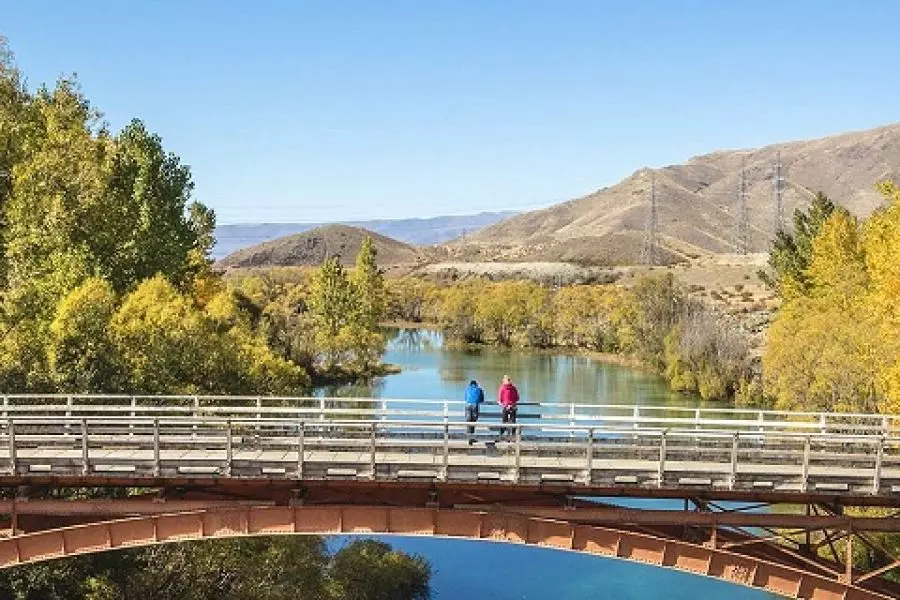
News
200 issues: Top Regions Revealed

Friday 31st of July 2020
New Zealand’s housing market has had an incredible run over the past 200 issues of NZ Property Investor. Since it began in late 2003, property owners have enjoyed considerable gains in value across every region in the country. But not all areas have been equal. There have been some standout performers in both the North and South Islands – some surprising, some obvious.
Want to read the full article?
Click the button below to subscribe and will have unlimited access to full article and all other articles on the site.
8 min read
10 min read





![[The Wrap] Bye Bye Bayly](https://goodreturns.publit.io/file/c_fill,w_900,h_600/39f23ac1-f7c7-4854-b700-a150004ebbac.webp)


